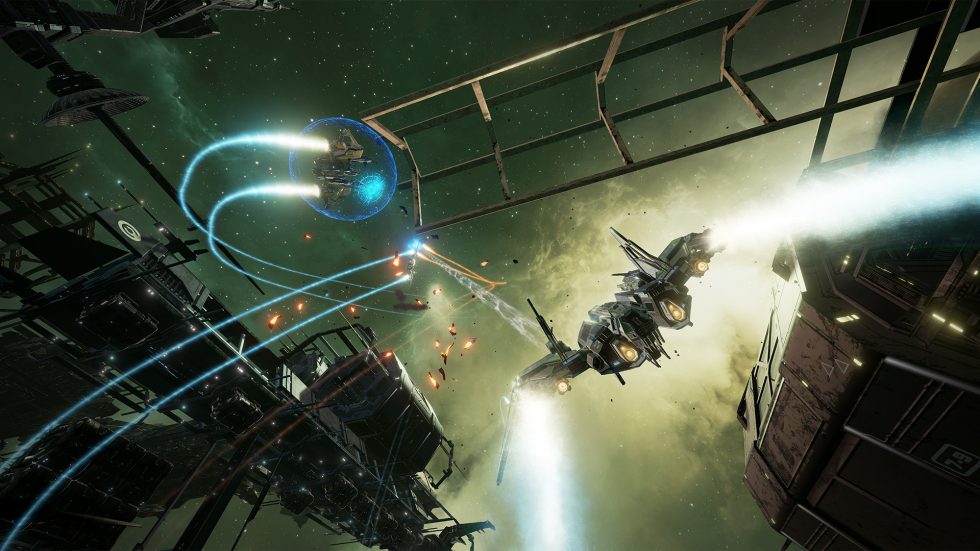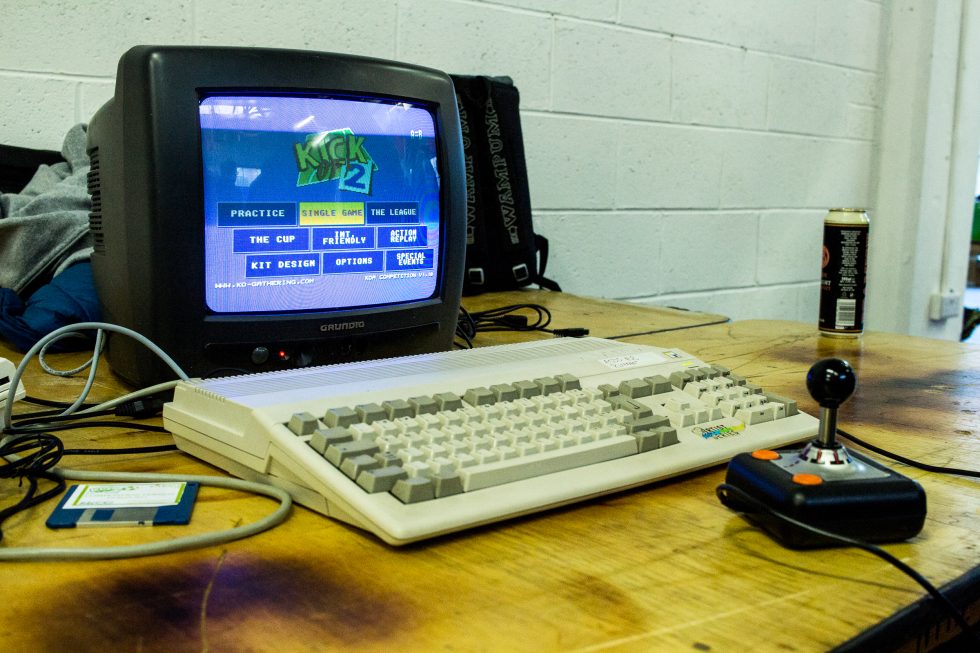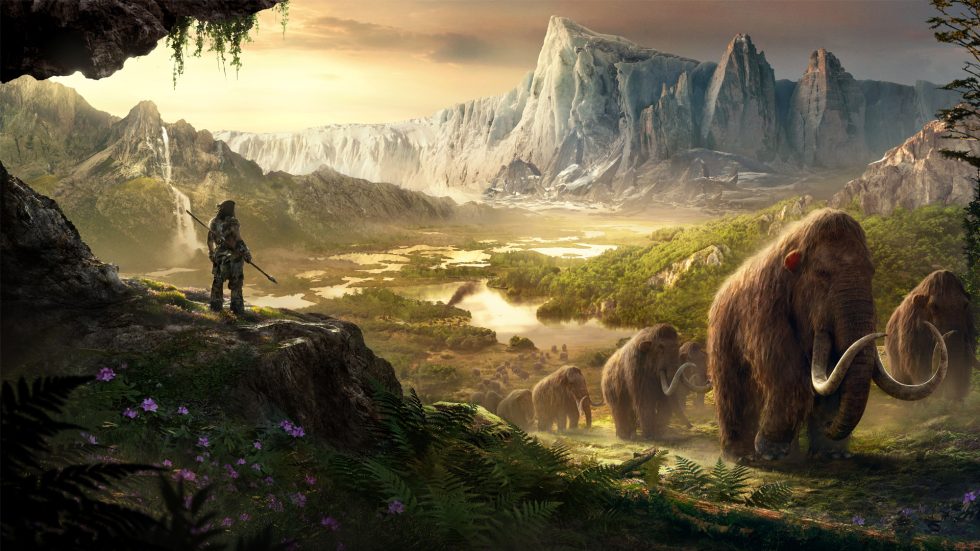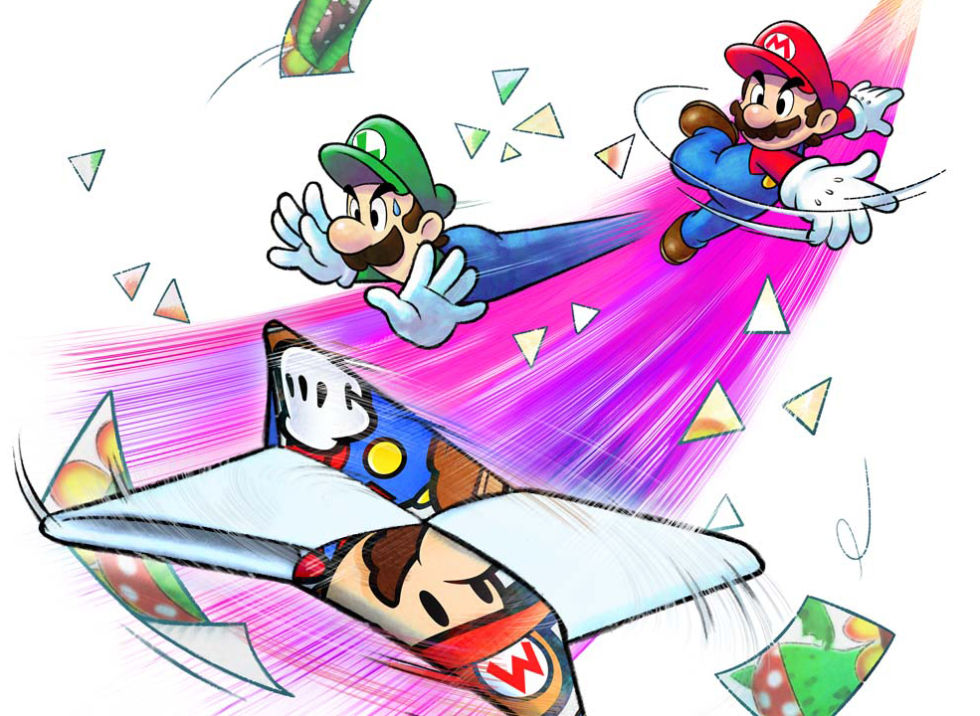
For a game that's been in development for nearly three years, that Eve: Valkyrie's public appearances have been limited to little more than elaborate tech demos is a worry. Sure, they've been smooth and very pretty tech demos—and some of the best demonstrations of the nascent virtual reality platforms—but they've all been devoid of any sense of how the game might actually function as a game, let alone did they provide a convincing reason for fans to strap an expensive brick of plastic to their faces for an hour or two.
But, with the likes of the Oculus Rift—where Eve: Valkyrie will be bundled with pre-orders—HTC Vive, and PlayStation VR all due for release in the first half of 2016, Valkyrie has finally had a more complete outing. Officially, the game's in "pre-alpha," but it is largely feature complete.
There's been a lot of confusion and mixed messages regarding what's actually in Eve: Valkyrie, so here are the facts: Valkyrie is primarily a competitive, team-based multiplayer game, but PvE content is going to be available from the outset. That PvE content does not include any kind of campaign mode, although some light storytelling does exist.


